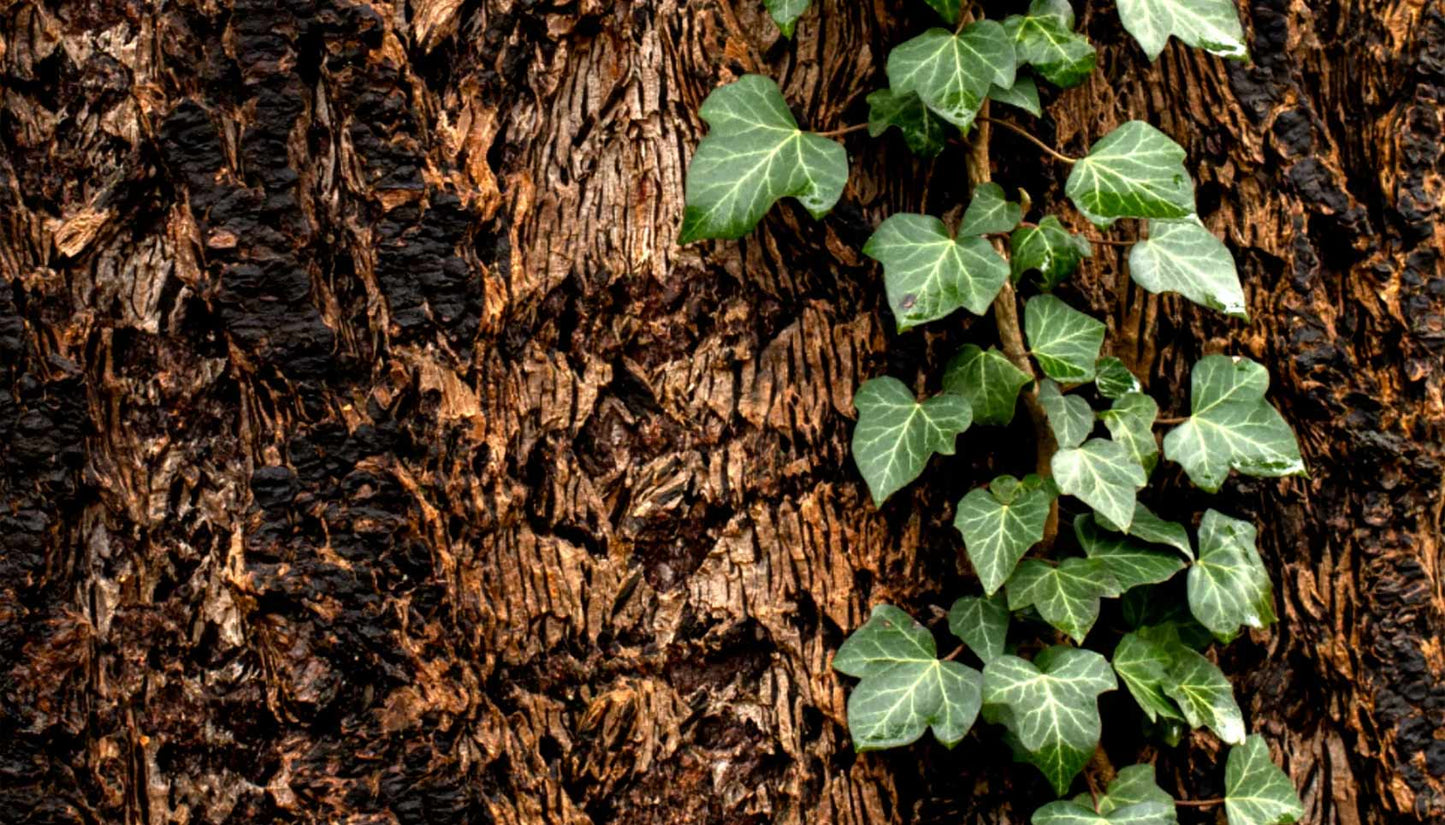We source our chicken from one farm in Leicestershire. The farm is Pasture for Life certified and rears truly free range, outdoor birds.

What is the Celtic tree calendar?
In simple terms the Celtic tree Calendar is the representation of the changing year signified by trees NOT months. The changing of the trees is linked to the lunar cycle of 28 days - this means there are actually 13 'trees' in the year not the regular 12 of the Roman calendar.
The tree calendar focusses our attention on the changing seasons through nature. We may think this is an ancient representation of marking the passage of time but the tree calendar is actually a relatively modern interpretation of something very, very ancient!
In 1946 Novelist and poet Robert Graves wrote his study on Celtic mythology ‘The White Goddess’ in 1946 and it was published 2 years later in 1948.
Graves took the idea of the early-medieval Irish ogham alphabet, believed to be based on trees, and re-arranged it to suit his idea of a Celtic Tree Calendar, naming the 13 months after trees.
The ogham alphabet itself, which looks rather rune-like (check out our 'fehu' symbol) has branching letters (like trees) from the 5th and 6th centuries. It’s a form of lettering that’s found carved on 'monumental stones' (stones used for personal monuments).
The ogham alphabet

The word "Ogham" derives from the Irish god Ogman, the god of poetry and learning (who, like the god Thot in Ancient Egypt, was said to have created the alphabet)
The basis of each letter is a vertical line and characters are lines branching to the left and right from it - like a tree (the Ogham Tree)
The whole alphabet is therefore considered forest-like.
Individual trees held high symbolic significance, so the forest alphabet was deemed to be a repository of wisdom. The word for 'knowledge' also means 'wood'.
The ogham trees

The month of ivy
As we've moved into October we are now a few days into the tree month of Ivy which is represented by the ogham symbol 'G' or Gort - a straight line intersected by two diagonals running left to right.
Ivy is symbolic for this time of year as it lives after its host plant dies, this is a reminder that life goes on in an endless cycle of life, death and rebirth. The Celts would have considered this a time to banish negativity from life and to reflect on self improvement - putting a barrier between the self and anything toxic. Ivy symbolises healing, protection, cooperation and the eternal binding together of lovers.
Ivy in folklore
Ivy was associated with the Roman god of revelry. According to Mrs Grieve (A Modern Herbal, 1931) “Ivy was in high esteem among the ancients. Its leaves formed the poet’s crown, as well as the wreath of Bacchus, to whom the plant was dedicated, probably because of the practice of binding the brow with ivy leaves to prevent intoxication, a quality formerly attributed to the plant. We are told by old writers that the effects of intoxication by wine are removed if a handful of ivy leaves are bruised and gently boiled in wine and drunk.”
Grieve also states that Greek priests presented ivy wreaths to newly-married couples and ivy has long been regarded as the emblem of fidelity. She adds that “the custom of decorating houses and churches with ivy at Christmas was forbidden by one of the early councils of the church, on account of its pagan associations.” The plant was in fact sacred to the druids and considered the female counterpart to the masculine holly.
Ivy as medicine
Also known as common ivy or Hedera helix - English ivy was actually used in ancient Greece. Hippocrates used ivy to prevent intoxication, reduce swelling, and as an anaesthetic.
Ivy is now being used by modern herbalists for its anti-inflammatory, anti-arthritic, and antioxidant properties.
Ivy contains saponins (Latin "sapon", soap + “-in", one of), also referred to selectively as triterpene glycosides. They are bitter-tasting usually toxic plant-derived organic chemicals that have a foamy quality when agitated in water.
Ivy works to alleviate respiratory disease by a number of ways. The extract and its main bioactive chemicals lower muscle spasms in the bronchus (airways), improve bronchodilation and aid secretolysis (breaking up mucus secretions), therefore being expectorant and lowering cough. Ivy also lowers inflammation and oxidation.
There are numerous research reports on common ivy’s antiviral action – for example, it is effective against influenza 'A' virus and against enterovirus. Ivy is also anti-bacterial, anti-fungal and anti-parasitic.
How to use ivy as medicine
To treat a cough, ivy leaves can be taken as a tea (finely chopped or ground, dried) using 0.5g of dried leaf (one teaspoon is 0.8g) per cup 1-3x daily for up to 20 days. The tea tastes quite pleasant but it is most often taken as a tincture (the plant material extracted in alcohol), 1-3ml daily. It is also commercially available in capsule, syrup or cough drop form – take according to the label. To treat a chronic condition the specific prescription depends on the degree of breathing impairment, age and other factors so first consult a NIMH medical herbalist. Not for long term use without consultation. Do not exceed recommended dose.



